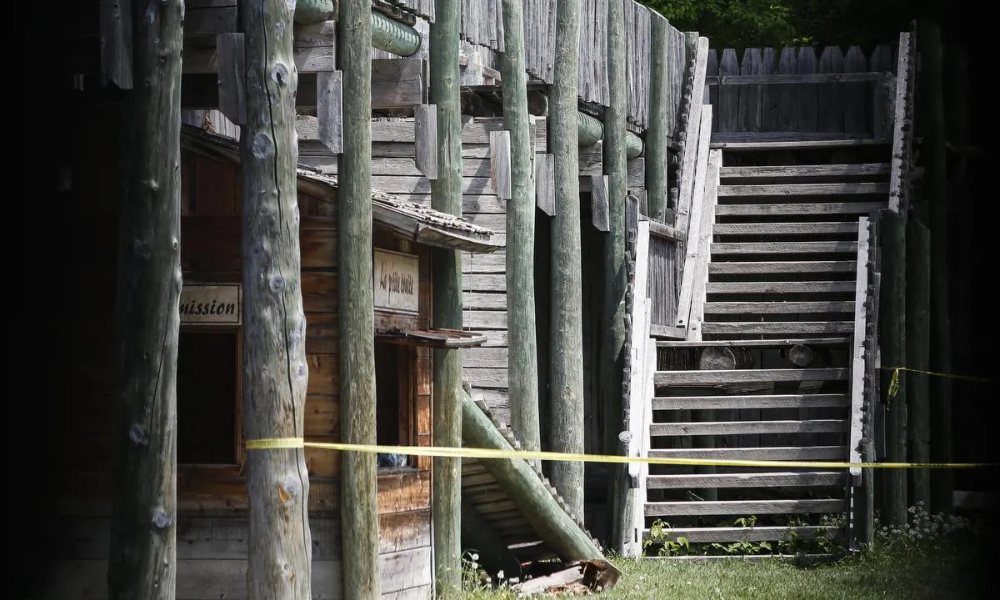17 children and one adult injured when walkway fell apart

City inspectors and provincial Workplace Health and Safety workers are investigating the collapse of a palisade at the Fort Gibraltar site in Winnipeg, which injured 17 children and one adult during a school trip on Wednesday. The palisade is an elevated walkway about five metres high, which collapsed while people were walking on it and standing underneath it.
Expressing concern for public safety, city authorities have directed Festival du Voyageur, which manages the historic site, to conduct a comprehensive assessment of the entire complex in collaboration with a professional engineer.
This assessment aims to identify any potential hazards and ensure that all necessary repairs are carried out. The site will remain closed until the assessment is completed and all required work has been undertaken. Michael Jack, Winnipeg's chief administrative officer, conveyed his expectation that the assessment process would be concluded promptly.
"They [Festival du Voyageur] are taking this very seriously. We understand they are, and so we are assuming they have already taken the steps to retain the engineer and get them on site," Jack affirmed to CBC News, emphasizing the urgency for quick answers regarding the incident.
As of Thursday morning, two patients, both in stable condition, remained hospitalized, according to a spokesperson from Shared Health. These patients were among the group of 10- and 11-year-old students from St. John's-Ravenscourt School who were on a field trip at the time of the incident.
Three of the children were initially admitted in unstable condition, while the others were in stable condition. The school has taken steps to provide support for the affected students and staff by bringing in counselors and community crisis workers.
Dr. Karen Gripp, a pediatric emergency physician, says most injuries sustained were orthopedic-related, but none were severe or life-threatening. This assessment provided some relief amid the concern over the incident's aftermath.
City spokesperson David Driedger revealed the last repairs made to the palisade walkway were carried out in 2004, with the last inspection occurring in 2006. In 2013, additional work was conducted on sections of the fence connected to the walkway. While these repairs were made under a development permit, which did not necessitate an inspection, Driedger clarified that no complaints about Fort Gibraltar had been received by the city.
Wood scientist Ron Anthony, offering his expertise, suggested that investigators would likely examine the joists and beams supporting the palisade for loose joints and signs of decay. Anthony pointed out the intact nature of the fallen palisade pieces indicates a possible deficiency in another part of the supporting structure. The investigation will likely focus on the longer beams and cross beams for any deterioration or other factors that may have contributed to the collapse.
In light of the incident, Winnipeg Mayor Scott Gillingham expressed his intention to discuss with city staff the frequency of inspections for public facilities. He stressed the importance of prioritizing public safety and acknowledged the potentially traumatic impact of the incident on the emotional well-being of the children and adults involved.
"I wish everybody that was injured a speedy recovery," Mayor Gillingham conveyed his well-wishes, grateful that the injuries were not more severe.





